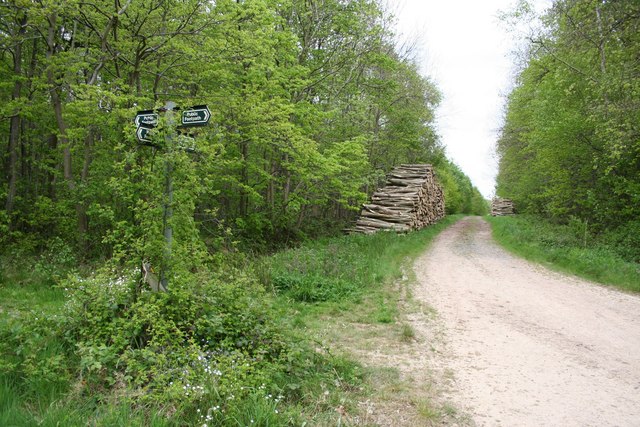Potter Hanworth Wood on:
[Wikipedia]
[Google]
[Amazon]
 Potterhanworth Wood () is a 32.0 hectare woodland, close to the village of Potterhanworth in North Kesteven, Lincolnshire, England. Potterhanworth was known as Potter Hanworth until the 1950s.
__NOTOC__
The site was notified as a
Potterhanworth Wood () is a 32.0 hectare woodland, close to the village of Potterhanworth in North Kesteven, Lincolnshire, England. Potterhanworth was known as Potter Hanworth until the 1950s.
__NOTOC__
The site was notified as a
Lincolnshire Biodiversity plan
{{coord, 53.18934, N, 0.40004, W, region:GB_source:enwiki-osgb36(TF070670), display=title Forests and woodlands of Lincolnshire Sites of Special Scientific Interest in Lincolnshire
 Potterhanworth Wood () is a 32.0 hectare woodland, close to the village of Potterhanworth in North Kesteven, Lincolnshire, England. Potterhanworth was known as Potter Hanworth until the 1950s.
__NOTOC__
The site was notified as a
Potterhanworth Wood () is a 32.0 hectare woodland, close to the village of Potterhanworth in North Kesteven, Lincolnshire, England. Potterhanworth was known as Potter Hanworth until the 1950s.
__NOTOC__
The site was notified as a Site of Special Scientific Interest
A Site of Special Scientific Interest (SSSI) in Great Britain or an Area of Special Scientific Interest (ASSI) in the Isle of Man and Northern Ireland is a conservation designation denoting a protected area in the United Kingdom and Isle of ...
in 1968. The site is also listed in the Nature Conservation Review.
Site description
Potterhanworth Wood is adjacent to the now drained fenland of theWitham Valley
Witham () is a town in the county of Essex in the East of England, with a population ( 2011 census) of 25,353. It is part of the District of Braintree and is twinned with the town of Waldbröl, Germany. Witham stands between the city of Ch ...
. The dominant canopy tree is small-leaved lime (''Tilia cordata''); in places the wood consists of pure stands of this species, but elsewhere a variety of other common trees occur. Historically, the site is known to have been continuously wooded and it has a long history of management using the coppice-with-standards technique.
Wild service-tree
''Sorbus torminalis'', with common names wild service tree, chequers, and checker tree, is a species of tree in the mountain ash or rowan genus (''Sorbus'') of the rose family (Rosaceae), that is native to Europe, parts of northern Africa and we ...
(''Sorbus torminalis'') is found in the wood. The ground flora contains a large number of ancient woodland indicator species.
18th-century enclosure maps of Potterhanworth show that the modern Potterhanworth Wood was then much larger consisting of Norman Hagg Wood in the south, Great Wood in the middle and Quern or Queen Dike Wood in the north.
Invertebrates
Thepoplar lutestring
''Tethea or'', the poplar lutestring, is a moth of the family Drepanidae. It was first described by Michael Denis and Ignaz Schiffermüller in 1775. The species can be found in Europe, northern and eastern Asia and Japan. The imago resembles '' T ...
moth occurs here.
Birds
The wood supports a breeding bird community characteristic of ancient woodlands, including woodcock, and it also contains a small heronry.References
Lincolnshire Biodiversity plan
{{coord, 53.18934, N, 0.40004, W, region:GB_source:enwiki-osgb36(TF070670), display=title Forests and woodlands of Lincolnshire Sites of Special Scientific Interest in Lincolnshire